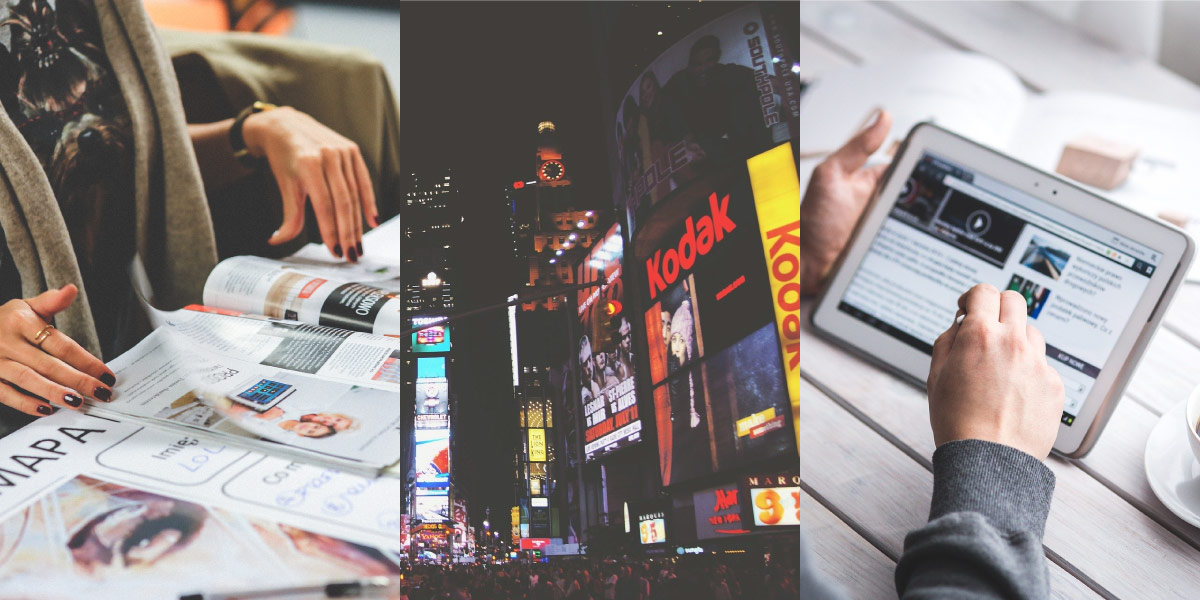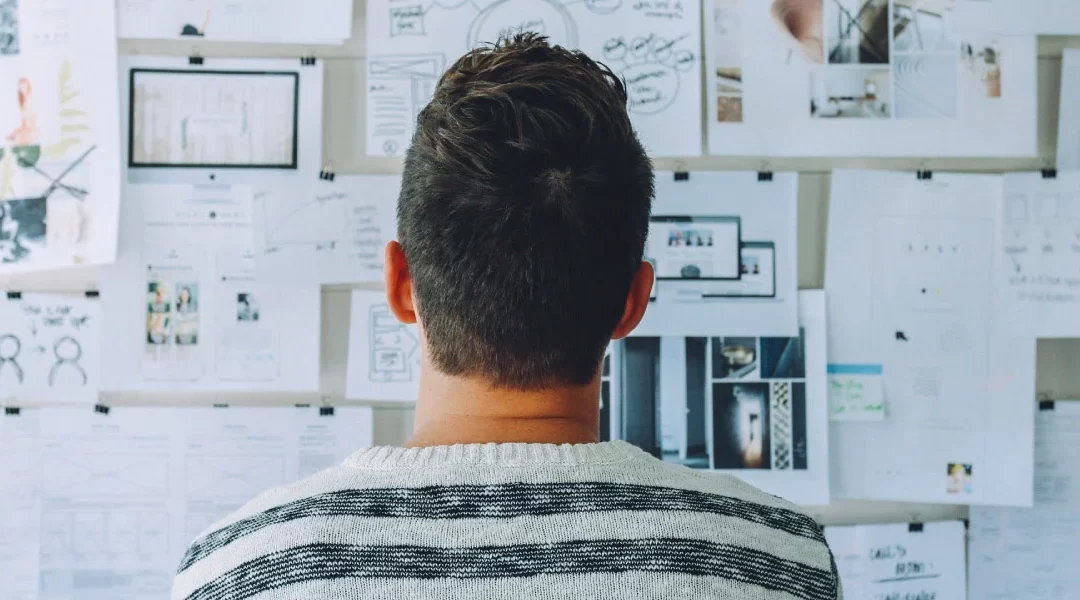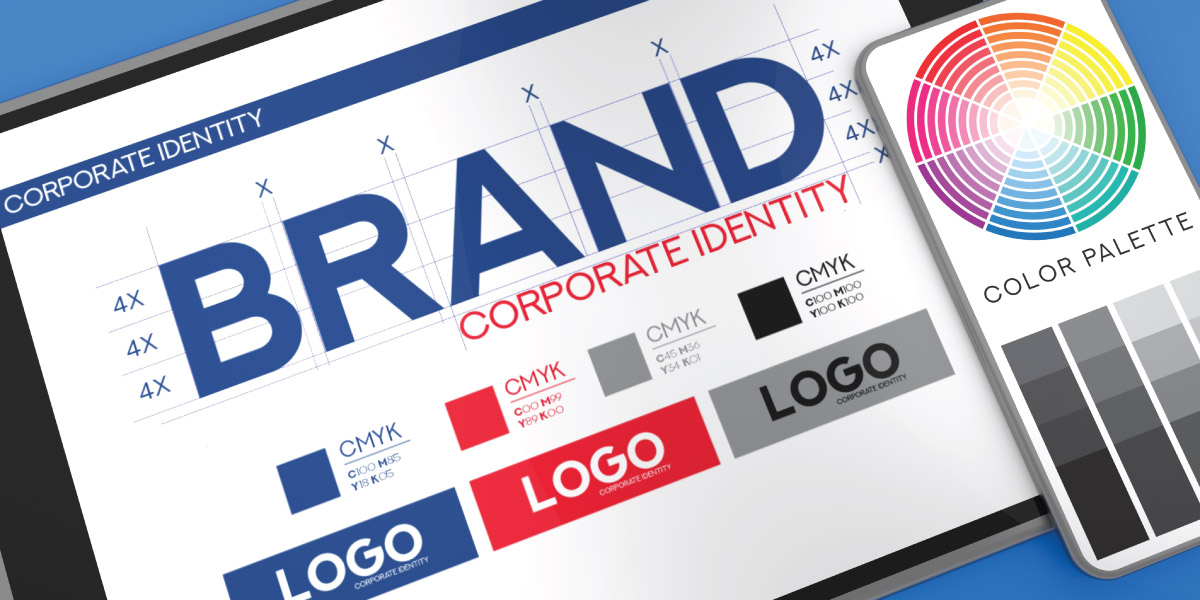If you’re reading this, you already realize the importance of using a professional graphic designer to convey your image or message. Now the question is how do you communicate your ideas and information to a graphic designer to get the best results?
The key is to communicate all the information in an organized way before the project is started. This not only allows both parties to measure the work and gauge the timeframe and outcome but also for the designer to determine how to prepare for and approach the project. So, what information do you want to communicate to a graphic designer?
Who, What, Where, When, Why, and How?
Who: Who is your target for this message? No matter if it is a logo, an advertisement, or a sign, there is a particular group or groups of people you are targeting with your message. Think demographics: is your message geared toward men or women, what age range, what income, is it regional, etc. This information will allow the designer to make aesthetic and technical decisions that will cater to your target demographics.
What: What are you trying to convey? Is it a logo that you want to identify your business with? Is it an advertisement for a product or service? Is it a directional sign? Even if it’s just a graphic that you need, there is meaning behind it. What is that meaning? What is the message you are conveying?

Give serious thought to the message you are trying to convey through the design project.
Where: Where will this message or design be displayed? Knowing the size, placement, type of medium are all crucial to the project. Every medium–web, print, television, clothes, etc.–has requirements and limitations a designer needs to take into account to create a successful design.
When: When does this project need to be completed? It could be a hard deadline for a print ad, a scheduled event, time-sensitive information, or a loose deadline, but there is always a completion date for a project. Be sure to be clear about deadlines and expectations. This will help both you and your designer plan accordingly, avoiding a late rush or a missed deadline.
Why: Why do you need this graphic design? What is the intention of your message? This will give direction to the designer as to the layout and flow of the design, what is most important, what is supposed to grab the audience’s attention.
How: How will the design be deployed? The design is just part of the process, there will be someone who prints, applies, or uploads the design to where it will be displayed. How will they get the files and how will they address any technical issues that may arise with the design? Talk with your designer about this and see what the best way to handle it is. It might be better for the designer to contact these people directly to help avoid any confusion and achieve the best results.

It’s important to remember that the way the asset is deployed will also impact its overall design.
In addition to direction, you will want to provide your copy and any visual elements you will want to be included. The better quality the copy and images you provide, the quicker and better the outcome will be. Here are some guidelines for providing material to a graphic designer:
Copy:
Most graphic designers are not copywriters, you will want to make sure you have all the copy ready to give to the designer. This is because the designer will have to consider the amount of copy in the design. Changing the amount of copy in a design after it is created changes the whole design, costing time and possibly making the design not look as good.
Images:
If you are providing images you would like in the design, make sure they are good quality which means they are well-lit, well-cropped, high-resolution, and the correct orientation. This might sound like a lot, but if you want this design to represent you, your service, or product you want to show it in the best possible way. Designs that contain poor and inconsistent imagery don’t look good and can make your company or organization look unprofessional and even untrustworthy.
These are just some guidelines to consider to help save you and the designer time and achieve the best outcome. The more information and quality material (images and copy) you can provide your designer upfront the better.





